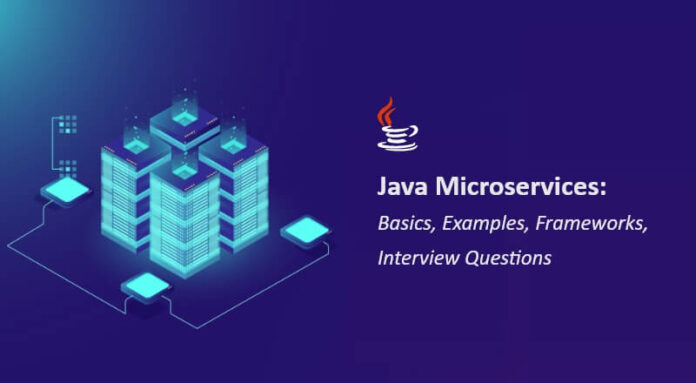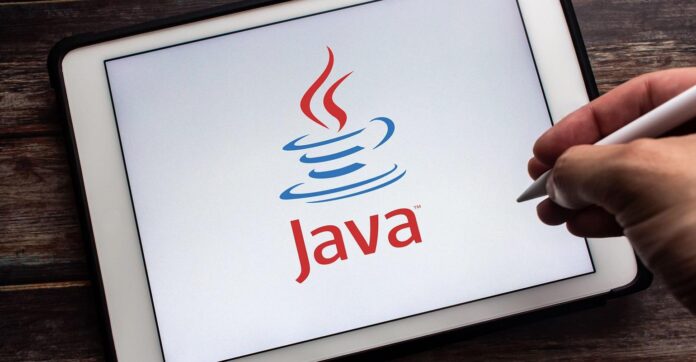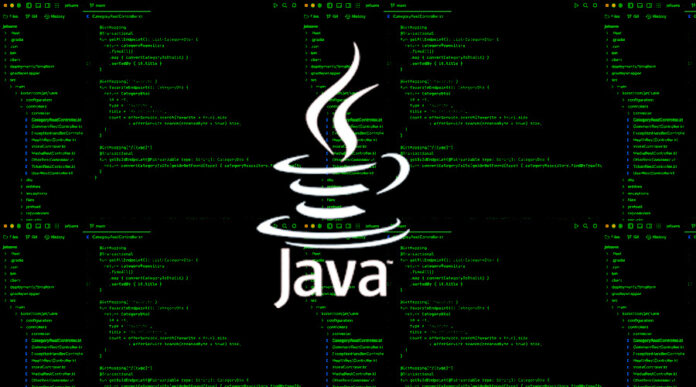As we all know, Java is the third most popular programming language worldwide, with 37.3% of developers using it. However, as technology evolves and new challenges arise, businesses need to stay up-to-date with the latest features of Java in order to stay competitive and meet their customers’ ever-changing needs.
One of the biggest challenges that businesses face in this area is keeping up with the pace of change. In a recent survey by Redgate, 60% of businesses reported that keeping up with the latest technology trends was a major challenge. With the rise of mobile and web-based applications, businesses must ensure that their Java applications are both responsive and user-friendly.
Java 19 has come up with many features that can help businesses meet these challenges head-on. For instance, the new release includes improved support for containers and microservices. According to a report by Nginx, the use of containers in application development has increased by 300% since 2016, and the global microservices market is projected to grow from $2.2 billion in 2020 to $8.9 billion by 2025, according to MarketsandMarkets.
By upgrading to Java 19 and utilizing prominent mobile app development services, businesses can stay ahead of the competition, improve their application performance and security, and ultimately deliver a better experience for their customers. So, let’s dive in and see what Java 19 has to offer!
1. Improved Support for Containers and Microservices

Java 19’s improved support for containers and microservices can help businesses build more scalable and resilient applications. Some additional benefits include:
- Better resource utilization: By running multiple instances of an application in separate containers, businesses can make better use of their available resources and reduce costs.
- Increased agility: By breaking down applications into smaller microservices, businesses can iterate more quickly and bring new features to market faster.
To implement this feature in a project, businesses may choose to use container orchestration tools such as Kubernetes or Docker Swarm, which can help manage and deploy containerized applications. For microservices, businesses may choose to use a service mesh like Istio or Linkerd to handle service-to-service communication.
For example, a retail business may choose to use containers and microservices to build a scalable and resilient e-commerce platform. By deploying the application in containers, the business can ensure that the application remains available even during high traffic periods, and by breaking the application down into microservices, the business can iterate more quickly and deliver new features faster.
2. Enhanced Security Features
Java 19’s enhanced security features can help businesses protect their applications and data from cyber threats. Some additional benefits include:
- Stronger encryption: By using authenticated encryption with additional data (AEAD) ciphers, businesses can ensure that data in transit is better protected against attacks.
- Improved key management: Java 19 includes support for the Elliptic Curve Cryptography (ECC) algorithm, which can improve key management and reduce the risk of key compromise.
Businesses may choose to use secure communication protocols such as HTTPS or TLS, which use strong encryption to protect data in transit. Additionally, businesses may choose to use a key management system like HashiCorp Vault or AWS Key Management Service to securely store and manage cryptographic keys.
For example, a healthcare business may choose to use Java 19’s enhanced security features to protect sensitive patient data in their electronic health record (EHR) system. By using strong encryption and key management, a competent java application development company can ensure that patient data is protected against unauthorized access and cyber attacks.
3. Improved Performance and Scalability

Java 19’s improvements to performance and scalability can help businesses build faster and more efficient applications. Some additional benefits include:
Improved memory efficiency: Java 19 includes support for records, which can be used to represent data more efficiently and reduce memory usage.
Faster startup times: Java 19 includes improvements to the startup time of the JVM, which can reduce the time it takes to launch an application.
Developer use profiling and optimization tools such as JProfiler or VisualVM to identify and address performance bottlenecks. Additionally, businesses may choose to use caching technologies such as Redis or Memcached to improve application performance and reduce load on databases.
For example, a logistics business may choose to use Java 19’s performance and scalability improvements to build a more efficient and responsive supply chain management system. By reducing memory usage and improving startup times, the business can ensure that the application is faster and more responsive, which can help improve logistics and reduce costs.
4. Enhanced Accessibility Features
Java 19’s enhanced accessibility features can help businesses ensure that their applications are accessible to all users, regardless of their abilities. Some additional benefits include:
- Improved compatibility with assistive technologies: Java 19 includes support for the Accessible Rich Internet Applications (ARIA) specification, which can help developers create more accessible web applications.
- Better user experience for all users: By ensuring that applications are accessible, businesses can improve the user experience for all users, not just those with disabilities.
One can use accessibility testing tools such as Accessibility Scanner or Axe to identify and address accessibility issues in their applications. Additionally, businesses may choose to use design frameworks such as Material Design or Bootstrap that prioritize accessibility in their design and development.
For example, a government agency may choose to use Java 19’s enhanced accessibility features to ensure that their web applications are accessible to all citizens, including those with disabilities. By ensuring that their applications are accessible, the agency can improve citizen engagement and participation, which can help improve trust and satisfaction in government services.
What Java Holds for 2025?

As Java continues to evolve, developers and businesses looking for a reliable and experienced java app development company can look forward to exciting new features and capabilities in the coming years. Java 19, released in 2021, offers enhanced support for containers and microservices, improved security features, and greater performance and scalability.
Looking ahead to 2025, Java is expected to continue its evolution with new features such as enhanced support for reactive programming, better support for non-volatile memory, and further improvements in performance and scalability. Java 19’s support for containers and microservices is expected to become even more important as the trend towards cloud-native applications continues to accelerate.
In addition to technical advancements, Java is also expected to further expand its ecosystem with new tools and frameworks to improve developer productivity and efficiency. The Java community continues to thrive, with active contributions from developers worldwide, ensuring that Java will remain a relevant and important language for years to come.
Finoit is a leading software development company that specializes in building innovative and robust software solutions for businesses of all sizes. With a team of expert developers and a focus on cutting-edge technologies, Finoit has established itself as a trusted partner for clients around the world.
We have a strong expertise in developing Java applications that are scalable, secure and optimized for performance. Our team is committed to delivering quality solutions on time and within budget. Contact us today to learn more about how we can help your business achieve its goals with custom software development.











